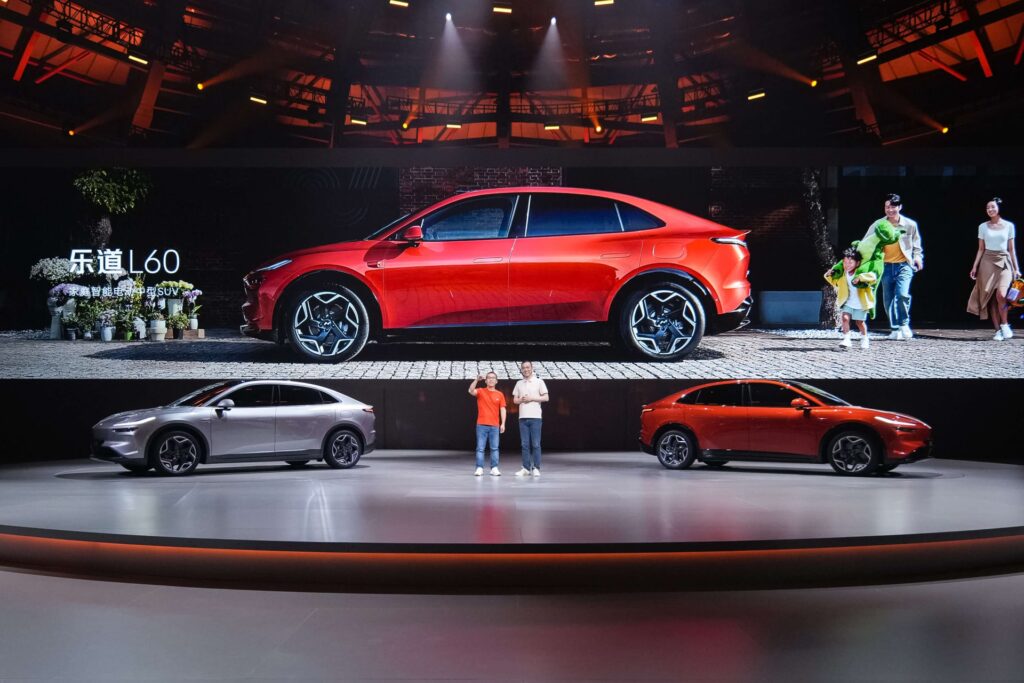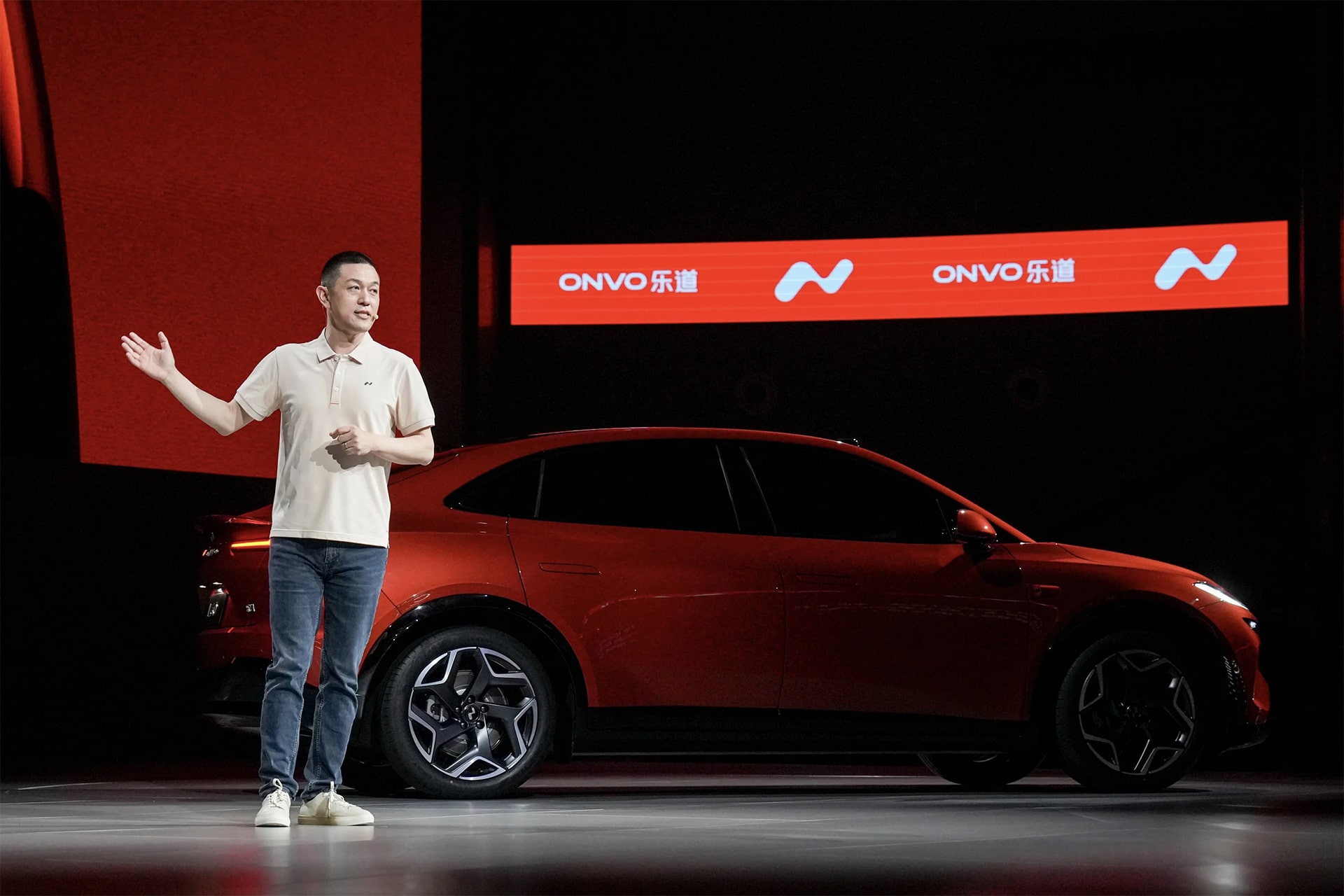Internal changes at Chinese automaker Nio continue to unfold.
On April 2, 36Kr learned that Alan Ai (also known as Ai Tiecheng) stepped down from his role as president of Onvo and senior vice president at Nio.
In a new round of personnel reshuffling, Nio has appointed Shen Fei—previously head of its energy business—as Onvo’s new president. Shen will now oversee Onvo’s sales and regional operations, reporting directly to Nio co-founder and president Qin Lihong. Shen joined Nio in 2015 and was one of the company’s early key executives.
Nio is also taking a more hands-on approach with its sub-brand. Onvo’s R&D, supply chain, and quality departments will now report to Nio CEO William Li, while marketing will fall under Qin’s purview.

According to a source familiar with Nio’s leadership, this reorganization signals that the company is committing greater managerial resources to Onvo to boost its lagging sales performance.
Industry consensus holds that Nio’s initial strategy for Onvo was twofold: to differentiate its high-end image from this second brand and to seize greater market share among mainstream family car buyers in the RMB 200,000–300,000 (USD 28,000–42,000) range.
Before joining Nio, Ai held roles at multinational companies such as Procter & Gamble and Disney. He once described Onvo as a startup he could call his own. With Li granting him significant autonomy to shape the brand, Ai stepped into the spotlight after Onvo’s official debut on May 15 last year—quickly becoming a recognizable figure in the automotive scene.
But in a fiercely competitive market, Onvo’s debut model—the L60—failed to deliver the expected sales momentum.
When launched last year, the L60 was priced between RMB 206,900–255,900 (USD 28,966–35,826). Under the “battery-as-a-service” (BaaS) model, the price dropped to RMB 149,900 (USD 20,986), and with subsidies, customers could drive it home for as little as RMB 120,000 (USD 16,800).
Positioned as a spacious and family-friendly car, an internal sales target of 20,000–30,000 units per month was set for the Onvo L60, aimed directly at rivaling the Tesla Model Y. Ai declared in interviews that the company aimed to deliver over 10,000 vehicles in December 2024 and reach 20,000 by March 2025—adding that failure to meet these goals would cost him his job.
Except for surpassing 10,000 deliveries in December, monthly sales figures fell short: 5,912 units in January, 4,049 in February, and 4,820 in March.
Despite the shortfall, Ai told reporters in mid-March that he’s unlikely to be dismissed as scheduled, saying that he doesn’t take criticism personally and views it as motivation for improvement.
Ai had also reflected on the reasons behind the L60’s underperformance. First, he cited inadequate production capacity and long delivery lead times, which meant many customers couldn’t receive their cars in time to benefit from year-end electric vehicle subsidies. “Near the end of December last year, many customers gave up waiting because we weren’t ready, and a lot of orders were lost,” he said.
Li echoed this in Nio’s Q3 2024 earnings call, stating that 50–60% of Onvo’s customer losses were due to delivery delays.
Ai also pointed to the downstream effects of limited production capacity, which dampened market confidence. During a recent internal meeting, Li reportedly stated that the first six months of a new vehicle’s life are critical to building momentum. “Nio hasn’t developed a strong enough awareness of the importance of those early months,” he said.
Ai’s exit can be seen as taking responsibility for Onvo’s early setbacks. One source at Nio told 36Kr that Li has previously expressed skepticism about executives crossing over from other industries: “Someone might have five strong suits, but in the automotive sector, they may still have 50 weak spots to patch.”
Onvo’s troubles are closely intertwined with Nio’s broader challenges. Nio sold 221,900 vehicles last year but posted over RMB 5 billion (USD 700 million) in losses for five consecutive quarters through Q4 2024. In response, the company has launched a sweeping campaign to improve operational efficiency—now demanding clear returns for every cent spent.
An industry insider told 36Kr that Nio is spreading itself thin. The company is forging ahead with new brands—Onvo and Firefly—even as its core lineup struggles to find firm footing. That’s a risky move. For context, Xpeng had originally planned something similar with Mona, which looked like it would spin off as a sub-brand. Instead, it launched Mona as a product series. The strategy seems to be paying off: priced at RMB 119,800 (USD 16,772), the car has a sharp look and has consistently clocked more than 15,000 units in monthly sales.
Leadership changes alone won’t resolve Onvo’s crisis. But the appointment of Shen, previously vice president of Nio’s energy management division, opens a new chapter.
According to sources, Shen had been primarily focused on Nio’s energy business, which recently secured a RMB 2.5 billion (USD 350 million) investment from CATL. That deal spurred Nio to consider appointing new leadership for its energy division—perhaps paving the way for Shen’s return to Onvo.
With Shen at the helm, Nio appears to be signaling a strategy to unify resources between its main and sub-brands. “Onvo really needs Nio. It needs William Li,” one industry observer told 36Kr.
This isn’t just talk. On February 28, Nio announced a reorganization that merged the delivery channels of both brands. Teams and sales infrastructure are now shared to cut costs and boost efficiency. In remote cities like Harbin, Yinchuan, Urumqi, and Xining, Onvo’s sales leads have been replaced by regional heads from Nio’s main business.
Even with its current setbacks, Onvo still has a few strong cards in hand. Its next model, the L90—a three-row SUV aimed at larger families—is priced under RMB 300,000 (USD 42,000). The vehicle will make its debut at this year’s Auto Shanghai and is slated for delivery in the third quarter. A third model, this time a five-seat SUV, is expected to roll out in Q4 2025.
KrASIA Connection features translated and adapted content that was originally published by 36Kr. This article was written by Li Anqi for 36Kr.

